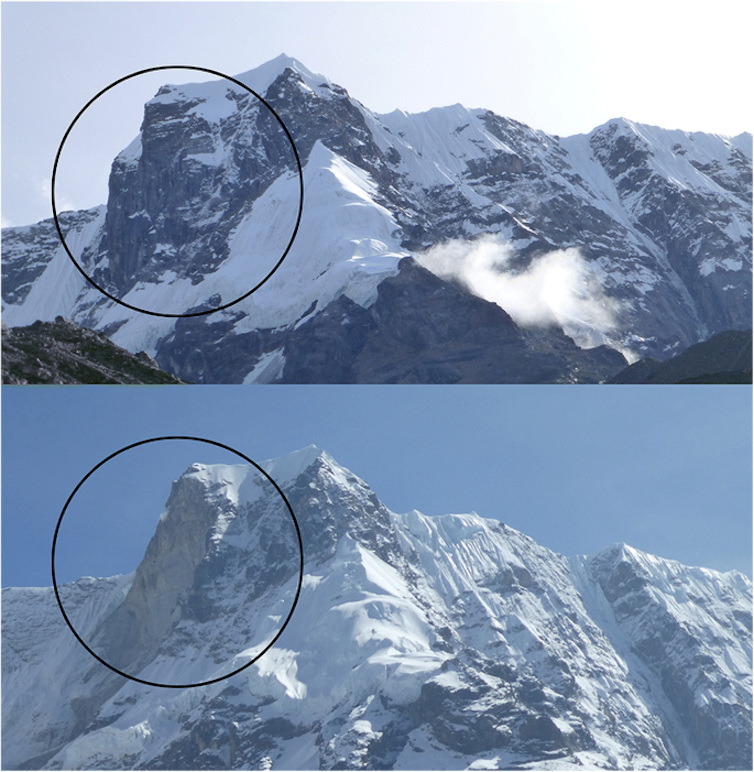Source: The Conversation – UK – By Tim Luckhurst, Principal of South College, Durham University

Donald Trump meets Russian president Vladimir Putin in Alaska on September 15 for their first summit of Trump’s second term. Their topic of discussion will be the war in Ukraine. The pair may decide the fate of the country which Putin began to illegally occupy in 2014 and which Russian forces invaded in an outright war of aggression in February 2022.
Trump has hinted that he could agree, in a two-way summit without the involvement of the Ukrainian president Volodymyr Zelensky, to the handing over of Ukrainian territory to Russia. If he does, this would bear close resemblance to an act of betrayal which took place in Munich on September 30 1938 and, ominously, is now understood as a key step on the road to the second world war.
The deal struck by the then British prime minister, Neville Chamberlain, and his French counterpart, Édouard Daladier, with the German leader Adolf Hitler handed Hitler territory in Germany’s neighbour Czechoslovakia in return for what Chamberlain erroneously boasted would be “peace in our time”. Within months Nazi Germany would take control of much of the rest of Czechoslovakia and in less than a year the whole of Europe would be at war.
Similar to the Trump-Putin summit’s exclusion of Zelensky, the Czech leader Edvard Beneš was not included in the Munich summit. There had already been ample indication of Hitler’s bad faith in the spring and summer of 1938. Hitler had begun issue increasingly strident complaints about alleged Czech mistreatment of the German-speaking minority in Sudetenland, territory which had been handed to the newly formed state of Czecholoslovakia after the first world war, but which contained 3 million ethnic Germans.
By May Hitler was openly talking about destroying Czechoslovakia and on September 12 he made a speech vowing to “solve the question” once and for all. In response Chamberlain flew to see Hitler at Bad Godesberg, where they agreed that Germany would take control of all areas of the Sudetenland with a greater than 50% concentration of Germans.
The British prime minister persuaded the Czech president Edvard Beneš to accede to this demand, but within days Hitler had reneged, saying he would have the whole territory by October 1. This prompted Britain and France to accelerate their rearmament efforts. Chamberlain ordered the British fleet to put out to sea and on September 25 France ordered its army to mobilise.
The next step was choreographed with the help of Italy’s fascist dictator Benito Mussolini who – in the knowledge that Italy was not ready for a European war at that stage – set up another conference for September 29-30 in Munich. Britain and France agreed to travel to meet Hitler, who at that stage was aware that there was little appetite for war either among the German people or his own generals.
Beneš, meanwhile, was preparing his people to resist the German threat. Troops were sent to the borders between Sudetenland and Germany where Czechoslovakia had built considerable fortifications.
Chamberlain and Daladier duly met Hitler in Munich where over two days an agreement for the occupation of Sudetenland was thrashed out and a four page document signed by the three leaders and Mussolini. No Czech official was involved in either the negotiations or the signing of the agreement.

Weiner Holocaust Library
On hearing of the deal, Beneš said: “Munich is a betrayal that will be its own punishment,” adding: “Britain and France think they will save themselves from war and revolution at our expense, but they are wrong.” He stepped down a few days later.
Relief – but a disastrous outcome
At the time, the British press cheered Chamberlain as a hero and the agreement as a diplomatic triumph. It’s important to remember that at that stage, just 20 years after the catastrophic Great War had finished, there was very little appetite for another major conflict in Europe.
As The Times, which was in lockstep with the government on this issue, explained in an editorial “feelings were running so high” that the separation of the Sudetenland from Czechoslovakia “without a plebiscite seemed the only solution”. The newspapers editor at the time, Geoffrey Dawson, was a convinced supporter of Chamberlain so closely connected to the British Government that he has been described as “an ex officio member of the Cabinet”.
Hitler’s gamble had paid off. His troops occupied the Sudetenland on October 1 1938, securing for Germany the extensive border fortifications Czechoslovakia had prepared for its own defence. Within a matter of months Germany was ready to execute the second part of Hitler’s plan for Czechoslovakia.
On March 15, having used the same strategy of reporting the mistreatment of ethnic Germans in Bohemia and Moravia, Hitler summoned Emil Hácha, a quietly spoken lawyer who had been drafted in to replace Beneš after Munich.
Informing the new Czech leader that the order had already been given to the Luftwaffe to launch bombing raids over Prague and other big cities, the German leader forced Hácha to agree to accept an agreement whereby his country would become a German protectorate.
Chamberlain’s efforts to appease Hitler may have secured time for Britain to rearm and prepare for war. However, this had not been Chamberlain’s objective. He believed that by offering the Nazi regime what it wanted, he could secure an enduring peace. In fact, his concessions encouraged Hitler’s belief that threats of force could secure territorial gains.
The concern now must be that if Donald Trump accedes too readily to Putin’s territorial demands, Ukraine may suffer the same fate. Trump has already talked of “land swaps”.
If he agrees to allow Russia to annex what is left of the Donbas, it will mean that a vital area of territory where Ukraine’s armed forces have been holding Russia at bay since 2014 will be handed to Russia. This would leave the way clear for a resumption of hostilities at a later date, this time without the barriers of Ukraine’s fortified defensive line.
Ukraine – and Europe – will be hoping that Trump can hold his nerve when he meets Putin in Alaska on Friday.
![]()
Tim Luckhurst has received funding from News UK and Ireland Ltd. He is a member of the Free Speech Union and a member of the Editorial Board of The Conversation UK. His latest book, Reporting the Second World War – The Press and the People 1939-1945 is published by Bloomsbury Academic.
– ref. Alaska summit: why Donald Trump should heed the lessons of Munich 1938 when he meets Putin – https://theconversation.com/alaska-summit-why-donald-trump-should-heed-the-lessons-of-munich-1938-when-he-meets-putin-263125









